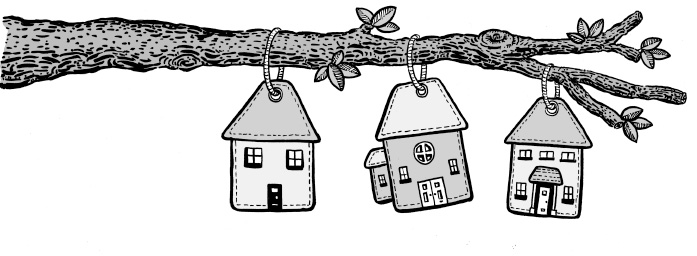

by Nitanis Desjarlais
Moss bags were traditionally made from raw and smoked hides. Later on, they were made with wool from blankets. The Indigenous people of the Plains used these beautiful bags to hold their babies in. Since there were no diapers, they used dried and softened moss. The bag opened up easily on the bottom to change the soiled moss. The ties kept the baby nice and swaddled tight for up to a year of age. Some bags were put on a board and used to carry baby on the back or to prop up in the tipi—this was called a cradle board.
My Aunty Cheeko was the only one in our family that learned how to make these moss bags and other traditional clothing. She was taught by the elders of the North and made many new family members a beautiful moss bag. These were embroidered or beaded with ribbons and shells. Each one was a work of art. When my child Kalilah was born, my aunt was not well enough to make me one. I had wanted a moss bag so badly.

The moss bags will become family heirlooms one day!
Later, when I was pregnant with Qwyatseek, my aunt was living with me. She promised me one for this baby. I was eight months along when I started early labor pains and my aunt happened to be away up north for work. Not sure when or if she would make it in time, I studied the one she had made for my sister. I got the material and beads and got John to make me a loom. I spent the nights beading and sewing. As I stitched, I envisioned my baby wrapped in this symbol of a mother’s love that was a tradition of my ancestors.
Before I knew it, it was done. It was beautiful, aside from a few stitches here and there, but most importantly: I did it! When my aunt returned, she looked at my bag, which I held up with excitement, and said, “Hmmm . . . how crude!” I smile as I write this because that was just her way. She added a couple of shells to the bottom and said I did good.
After that, with each pregnancy, I would make a bag and envision my new baby. What colors and pattern should I use? Will it be a boy or girl? This act of creating a moss bag helped me to prepare mentally and emotionally for what was to come. I would hang the bags on my wall with other sacred items for them, such as their first cedar headband and moccasins.
With this last pregnancy, I looked up to see my bags above my bed and I had only four. So when I picked up the material for my latest baby, I got extra material. The night before Christmas, I sewed away again—this time I was making my oldest son and daughter the moss bags they never had.
On Christmas morning, my son opened his present and was a little puzzled as to why he got a moss bag. It was made all of hide and silver buffalo buttons. I said, “I will keep it on my wall with the others to represent you and when you’re ready it will be for your firstborn.”
All my bags are so different. Some have loom beadwork, others have ribbons and abalone buttons—unique as all my children are. I plan to give the moss bags back to them when my children become parents one day.
The moss bags get noticed and they strike up conversations. I gladly tell of the proud Cree people from which I come. I work every day to ensure that we are still here and are very much alive and well.

A healthy baby is just icing on the cake . . .
Before I’d ever given birth, I believed that the main goal of childbirth was to bring forth a healthy baby. My thoughts on this haven’t really changed, but now I also believe that the experience of birth has the potential to be affirming and empowering for the woman—and what better way is there to enter motherhood than with a new feeling of self-confidence? This doesn’t happen from the experience of a ‘perfect birth’ but rather, this can happen when a mother feels that she was informed and encouraged to make the choices that are right for her, while being cared for throughout the process.
—ERIN HUNTER
The gathering of all these stories has been an amazing and infinitely rewarding experience! I have had the pleasure of connecting with so many women and men, who have openly shared their stories with me—and now, with you!
I wish to extend my deepest gratitude to those whose stories fill the pages of this book.
I value you and thank you for sharing.
Your stories capture openness, honesty, courage, connection, strength, beauty, and love!
For those who have shared in the experience of these births by reading these accounts, may I emphasize that these stories were offered not with the intention to tell you what you should do, but rather to share with you and celebrate what these people chose to do.
And now onto the next phase of the journey, a new beginning—the extraordinary world of parenthood!

Sometimes Babies are Fat
Sometimes Babies are Slim
But No Matter How the Babies Are
I Love Them!
—SIMILKAMEEN O’ROURKE
